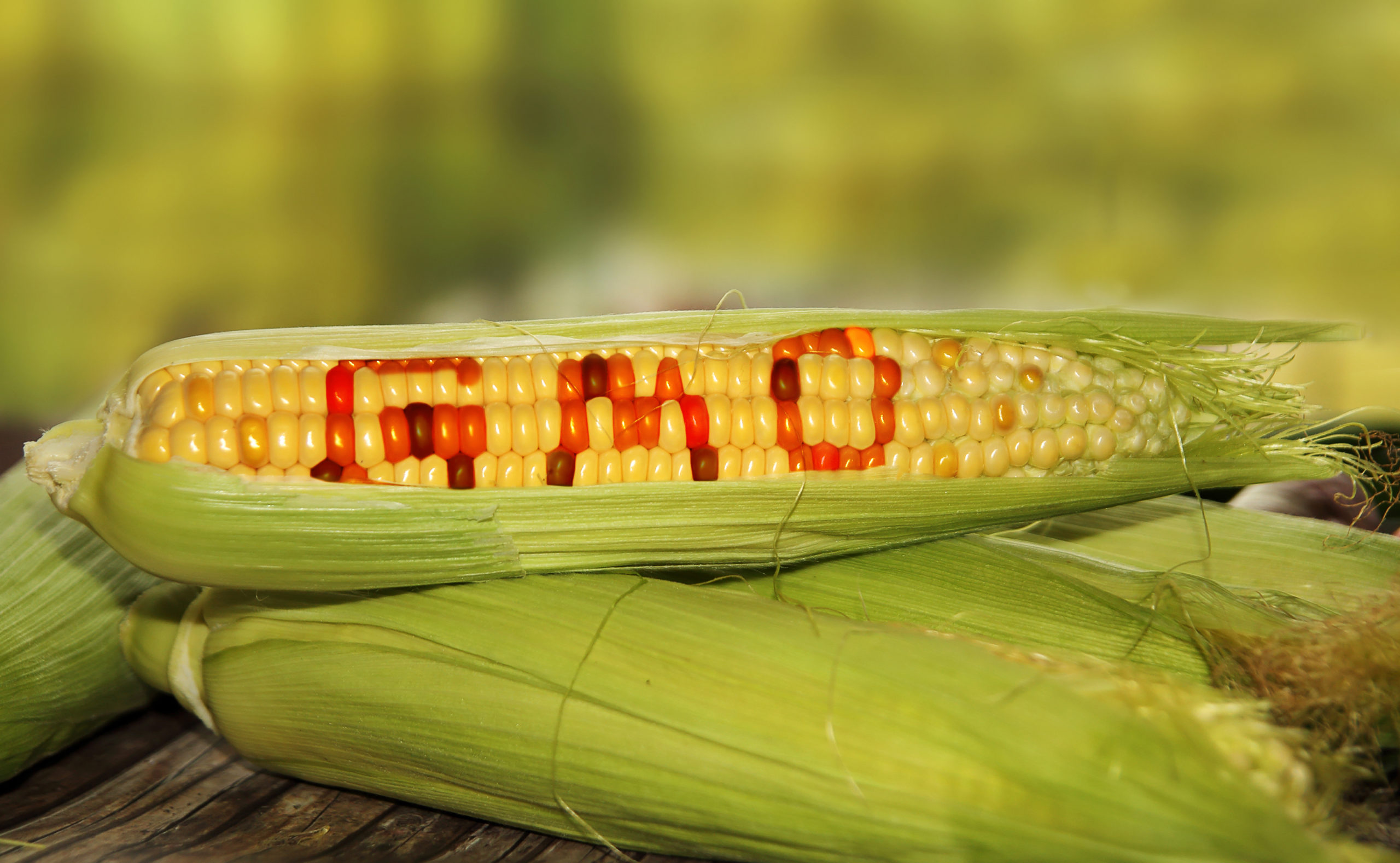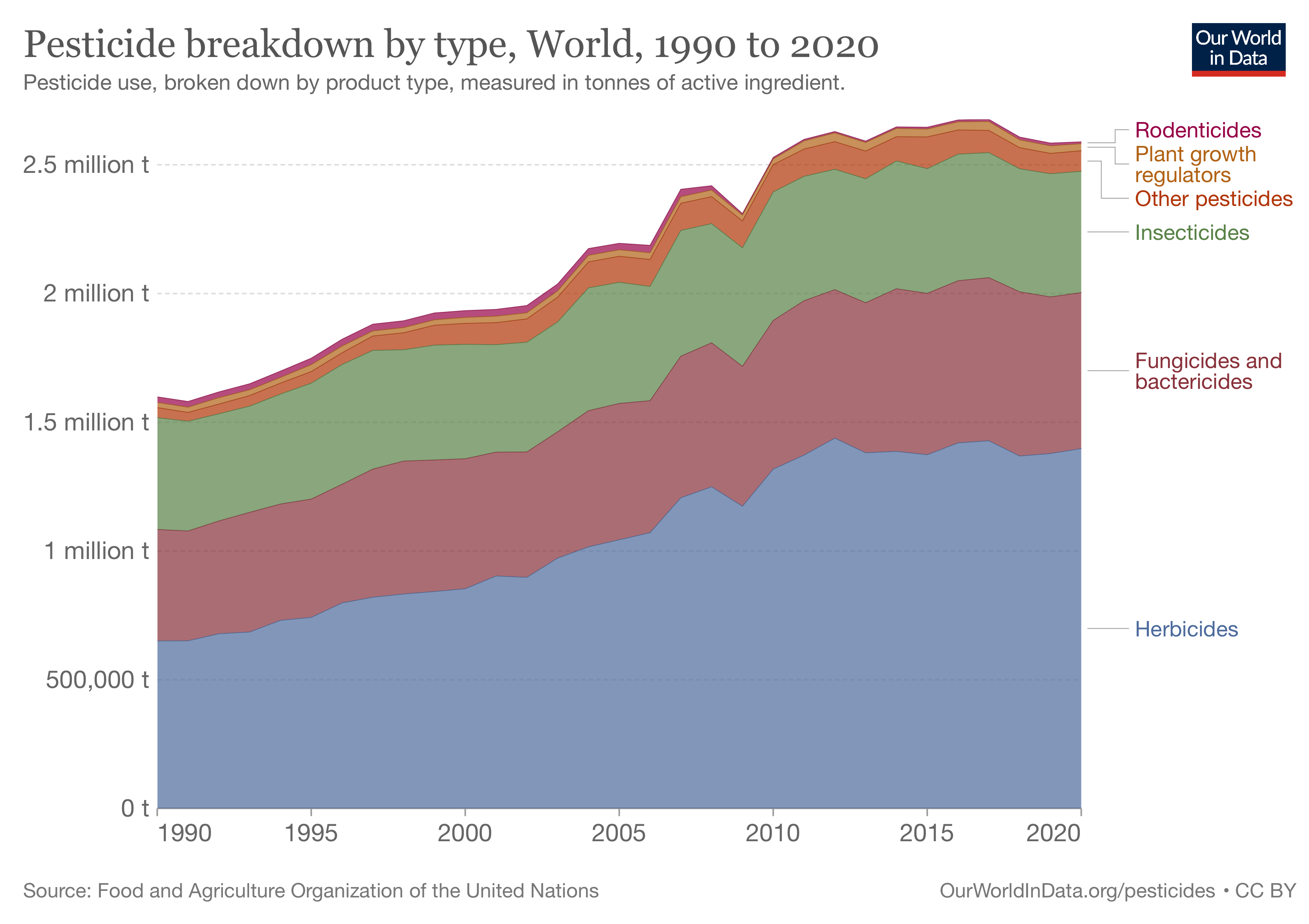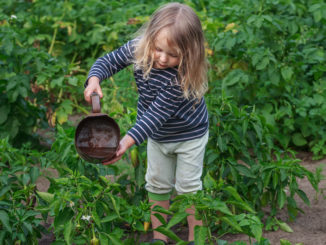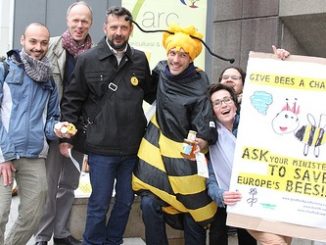
In its inception impact assessment for the deregulation of GMOs, the Commission argues that plants produced through New Genomic Techniques would contribute to sustainability goals outlined in the European Green Deal’s Farm to Fork and Biodiversity Strategies. One of the main goals of the Farm to Fork Strategy is to reduce the use of pesticides by 50% by 2030. In this context, it is important to examine the potential impact of GMO deregulation on pesticide usage in the EU, considering the current global progress in the development of these technologies, as assessed by Food Watch in a recent report.
By Mathieu Willard
Kyriakides pushing for New Genomic Techniques
During the April 25th meeting of the Parliament’s committee on Agriculture and Rural Development, Stella Kyriakides, the EU Commissioner of Health and Food Safety, reiterated the interest of the Commission in landing a proposal for plants produced through New Genomic Techniques (NGTs).
Asked about the timeline, she assured that the goal was still to table it in June and avoid further postponements. Importantly, she emphasised the main pillars of the proposal, which include maintaining high safety standards, promoting sustainability through innovation, and strengthening the competitiveness of the agriculture sector.
In her closing remarks on NGTs, Commissioner Kyriakides emphasised the argument that plants produced through NGTs have the potential to support sustainability. She also reiterated the Commission’s commitment to pursuing the goal of reducing pesticide usage by 50% by 2030, indicating that the two objectives are aligned.
Therefore, we think it essential to have a closer look at the potential for NGT-plants currently under development to support sustainability by reaching the pesticide reduction goal.
A historical view of GMOs’ impact on pesticide use
Numerous studies have presented contrasting conclusions regarding the overall impact of GM crops on pesticide use over the past few decades. It is true that evaluating the effects of GM crops on agriculture can be complex and politically charged, making it challenging to find scientific publications that provide a comprehensive assessment without methodological biases. However, based on referenced studies (first; second), it is generally considered that the impact of GM crops on pesticide use has been either a modest reduction (8% reduction worldwide) or a slight increase (7% increase in the US). Therefore, it can be concluded that the widespread adoption of GM crops in recent decades has not significantly altered pesticide use.
In any case, overall, the trend in pesticide use kept increasing globally. And although some will argue that it could have been worse without the introduction of GM crops (by a small margin as highlighted above), others will argue that GMOs are a strong lock-in to an agricultural system based on intensive monocultures that have proven to be highly pesticide dependent.

NGTs, what is in the pipeline?
Looking now at the current research on NGT-plants, their impact will highly depend on the types of traits developed and for what species. To evaluate their potential effects on EU agriculture, it is important to consider the major consumers of pesticides within our agrarian systems and determine if current advancements in NGT research can offer suitable solutions. To that end, we share the findings from Food Watch’s report on New Genomic Techniques and the accompanying seminar presentation from January 31st.
When examining the treatment frequency index and areas of treated crops, Food Watch’s assessment revealed that a significant portion of pesticide usage is attributed to cereal crops, particularly wheat and barley, as well as fodder maize. In countries such as Germany, Denmark, and France, these crops account for 60-75% of pesticide use. However, when taking a broader perspective, other crops such as vine, canola, and potato could also be of interest for analysing the potential for reducing pesticide usage in the EU.
To determine what is in the pipeline for NGTs concerning those species, Food Watch looked at what was published in scientific literature to provide a comprehensive overview. However, it should be noted that not all the ongoing research is published. The Joint Research Centre (JRC) records ongoing developments, but doesn’t provide sufficient information on the details. The information provided is limited to categories such as modified composition, plant yield or biotic stress tolerance. The latter, biotic stress tolerance, is the category of interest for the question at hand.
In published research, 161 traits in development can be found. As highlighted in the figure below, of those, 16.3% concern biotic stress tolerance. And of that 16.3%, only a portion concerns species of interest for European agriculture. Moreover, most of the biotic stressors concern bacteria and viruses, which are not fought with pesticides.

Table 1: NGT research of interest for EU pesticide use and limitations (Source: Food Watch’s presentation of January 31st 2023)
|
Plant |
Trait in development |
Limitations |
| Wheat | Powdery mildew resistance | Only for spring wheat which represents less than 1% of cultivated area in the EU. |
| Canola/colza/rape seed | Sclerotinia resistance | Sclerotinia is only one of several soil borne diseases/pathogens (others include verticillium albo, root nematodes…). Well organised crop rotations can be more efficient. |
| Vine | Botrytis resistance | Only 20-30% of pesticide applications in vineyards concern botrytis. The cost of complete vineyard renovation would exceed the benefits of such reduction in pesticide use for the farmer. |
| Maize | Northern Corn Leaf Blight resistance | Not yet a problem in the EU. Crop diversification is a better way to avoid it becoming one. |
Food Watch’s research indicates that the potential for pesticide reduction through NGTs, as evidenced by published research, is not substantial. While further research may contribute to increasing this potential, it is unlikely to be ready to meet the deadline of 2030, as set for pesticide reduction goals.
If we look at the JRC report on future market applications of NGTs, the same conclusion can be reached. There are now 16 NGT-derived GMO plants in pre-commercial stage worldwide, expected to hit the market in a 5 year horizon. Of those, 6 are developed for herbicide tolerance, 5 for modified composition (e.g. oil content), 2 for storage performance, 1 for plant yield and only 2 for biotic stress resistance. This means that only 2 of the 16 NGT-plants have the potential to reduce chemical control while 6 have the opposite purpose.
Locked-in low diversity
Scrutinising the traits developed in NGT research is crucial for understanding the potential impact on pesticide use. However, it is important to consider other parameters that can have positive or negative feedback on pesticide use. Overall cultivated biodiversity is one of those parameters.
Most plants have multiple diseases. Food Watch indicates that if you look at the complex of diseases, they are often promoted by a lack of diversity and bad crop rotations. The extended use of just a few NGT plants for pesticide reduction could thus lead to a further loss of cultivated biodiversity, which would in turn induce outbreaks of new pest populations.
Historically, there have been several examples of such events. One such instance is in banana production, where the dominant cultivar in the 1950s, Gros Michel, was infected by the Panama disease. In response, banana producers switched to a resistant cultivar, the Cavendish, which initially seemed effective. However, now a new strain of the Panama disease is once again infecting these plantations. The lesson to be learned from this is that monocropping, even with pest-resistant plants, creates an ideal ecological context for pest outbreaks.
Diversity appears to be a crucial requirement for long-term pesticide reduction. However, agriculture in the EU and worldwide is not currently following this path. The latest FAO State of the World’s Biodiversity for Food and Agriculture published in 2019 concluded that while more than 6000 plant species have traditionally been cultivated for food, today fewer than 200 species make major contributions to food production and only 9 plant species account for 66% of total crop production.
The business of it all
In its report, Food Watch also draws attention to the fact that four out of the six largest seed companies are also the largest pesticide sellers in terms of value. This raises concerns that these companies may not prioritise the reduction of pesticide use.
Food Watch suggests that important questions to consider are: “How likely is it that these four companies will develop pest and disease resistant varieties and give up the pesticide business? Are they truly inclined to create diverse varieties that can establish resilient agricultural systems independent of pesticides?”

Conclusion
Ethics and science are always intertwined when new technologies are expected to revolutionise any process. Therefore, to conclude, it is interesting to look at the findings of the Ethics Committee on Non-Human Biotechnology (ECNH) on the use of biotechnologies for plant selection. The ECNH is an extra-parliamentary commission from Switzerland composed of specialists in the field of non-human biotechnology and gene technology from an ethical point of view. They studied the role of biotechnologies in achieving sustainability goals for agriculture (1, 2). Although they didn’t focus specifically on pesticide reduction, but rather on sustainability, biodiversity and climate resilience as a whole, their reflections are most relevant for our question.
According to their findings, resilient food systems cannot and should not be achieved “by endowing plants with greater resistance to drought or specific diseases”. Because the determining factor is climate and ecological variability, “it will be very difficult to genetically modify a plant variety in such a way that it can produce maximum yields under all climatic conditions that can be expected”.
The short time span of action required is also a critical consideration. The ECNH notes that “ongoing projects involving innovative genetic processes are currently largely at the stage of basic research, which contrasts with the expectations for the potential of these techniques, as formulated for example in the EU’s Green Pact”.
Finally, talking about food security, the ECNH would prioritise the “right to sufficient and adequate food, not the individual freedom to eat what one wants as long as one can afford it”. On that premise and considering the high level of uncertainty of our future climate, the ECNH would advise to avoid any types of path-dependency “in order to ensure that agriculture can fulfil its ethical mission of ensuring adequate food while protecting biodiversity”.
Read more on GMO Deregulation:
GMO Deregulation Delayed – Where Are We At, Where Might We Be Going?





